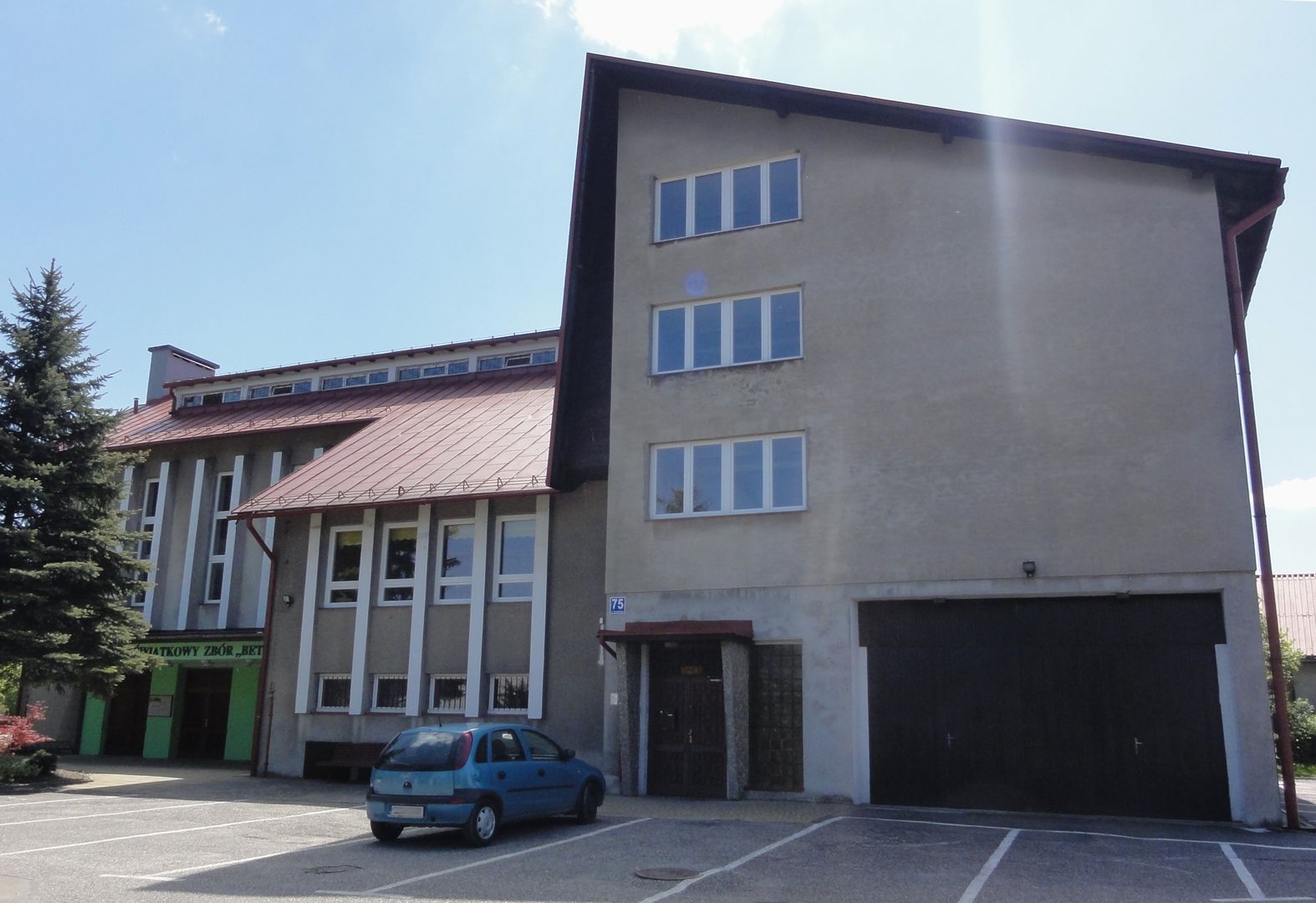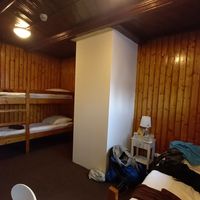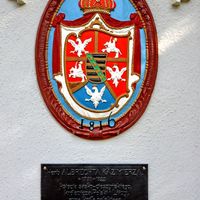Ustroń
7.21

Overview
Ustroń, a picturesque town in southern Poland in the Silesian Voivodeship, boasts a rich history dating back to the Middle Ages, when it was first mentioned in Latin documents around 1305. Initially a village founded from scratch, it developed within the Duchy of Cieszyn, and in the 16th century, Upper Ustroń was established. In the 17th century, after the devastation of the Thirty Years' War, the inhabitants shifted to breeding and developing pastoral farms. In the 18th century, deposits of iron ore were discovered, leading to the establishment of the first ironworks in the region, and Ustroń gained the status of an industrial center. In 1787, the Church of St. Clement was built, and over time, infrastructure developed, including schools and breweries. In the 19th century, the popularization of the healing properties of sulfur waters contributed to the growth of tourism. In 1900, Ustroń had 4,683 inhabitants, and as a result of reforms in 1956, it obtained town rights. Modern Ustroń is gaining importance as a tourist center, with numerous hiking and cycling trails, two railway stations, and ski resorts. The town has a rich cultural life with many events, as well as a diverse religious landscape—besides Catholic parishes, there are also numerous Christian communities. Ustroń is known for its many monuments and tourist attractions, such as the Leśny Park Niespodzianek (Forest Park of Surprises), which combines ecology with education and recreation. The town also maintains international cooperation with several European cities. An interesting fact is the tall statue of Christ the King and preserved traditions, such as local events and festivals. Ustroń, with its rich history and tourist infrastructure, remains an important point on the map of the Cieszyn Silesia region, attracting both tourists and residents.
Location
2025 Wizytor | All Rights Reserved


